Curious about building a motocross track? Costs vary widely based on factors like track size, terrain, and location. This article will break down the key expenses involved, offering insights into everything from land preparation to track equipment.
Let’s dive into the nitty-gritty of estimating your motocross track construction budget.
How Much Does It Cost to Build a Motocross Track?
Pinpointing an exact figure is challenging, given the unique nature of each project. Costs differ based on individual circumstances, leading to fluctuations from one endeavor to another.
Nonetheless, a rough estimate for such undertakings typically falls within $6,000 to $10,000, serving as a general benchmark.
What Are the Different Steps Involved in Building a Motocross Track?
Creating a motocross track involves a systematic approach that encompasses several key phases. From initial planning to the final touches, each step plays a pivotal role in shaping the track’s design, safety, and overall functionality.
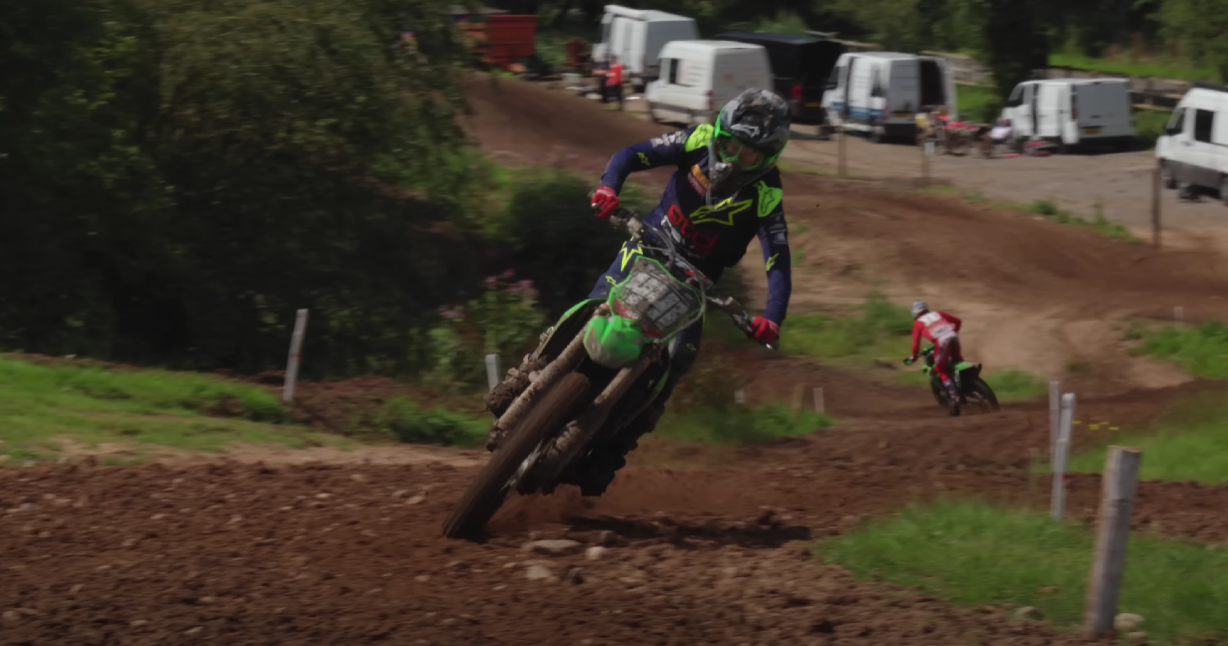
Site Selection and Preparation
Selecting the right location is paramount to the success of any motocross track. Factors such as accessibility, terrain, and local regulations come into play during this phase.
Ideally, the site should offer a mix of natural elevation changes, soil composition, and adequate space for the track layout. Before construction begins, it’s essential to secure any necessary permits and assess the land’s suitability.
Design and Layout
The design phase involves creating a blueprint for the motocross track layout. Factors like track length, width, jump configurations, and turns are meticulously planned to ensure an exciting yet safe riding experience.
Experienced track designers collaborate with engineers to strike a balance between challenges and rider safety. Modern software tools enable precise track visualization, allowing for adjustments before physical construction commences.
Earthmoving and Grading
Earthmoving equipment takes center stage in this phase, where the track’s contours are shaped according to the design. Bulldozers, excavators, and graders sculpt jumps, berms, and rhythm sections.
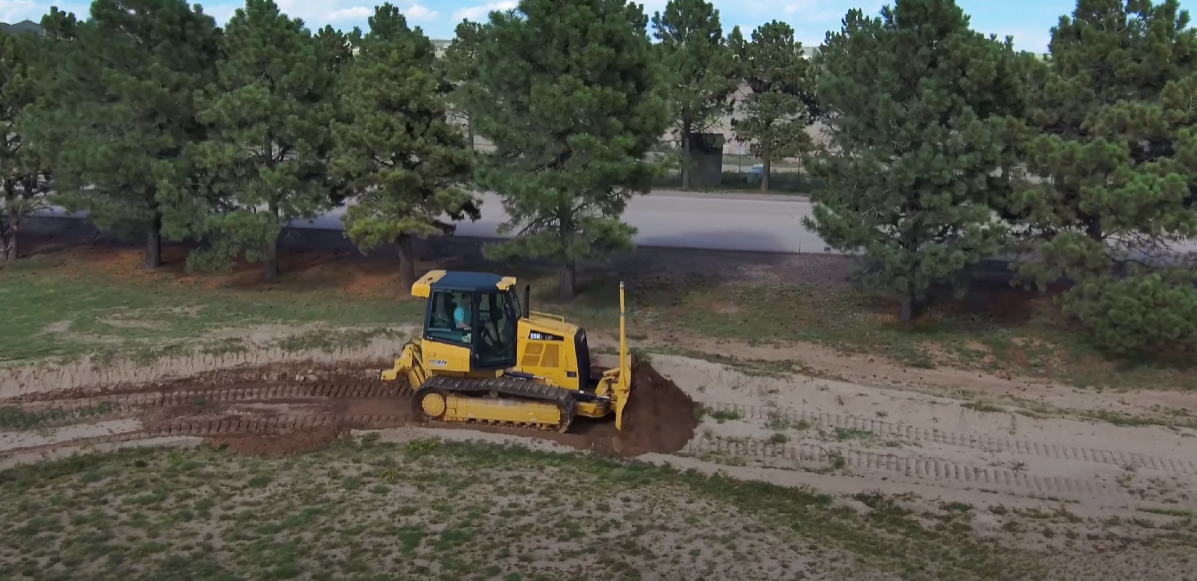
Accurate grading is crucial for maintaining proper drainage, reducing erosion risks, and ensuring rider safety. Expert operators work closely with track designers to achieve the intended elevation changes and obstacles.
Building Jumps and Features
Creating jumps is a highlight of motocross track construction. Wooden forms or steel frames are used to shape jump faces and landings, maintaining consistency and safety.
The jump’s angles, heights, and distances are calculated meticulously, catering to riders of varying skill levels. Proper spacing between jumps and rhythm sections is key to fostering a rhythmical flow on the track.
Shaping Turns and Berms
Turns and berms are crafted to challenge riders’ cornering skills. The soil is compacted and shaped to create banked curves that allow riders to maintain speed while navigating turns.
The angle and radius of each turn are strategically determined to test riders’ techniques without compromising safety. Proper berms prevent excessive erosion and provide natural braking zones.
Soil Conditioning
The track’s surface undergoes conditioning to achieve the right balance between grip and firmness. Mixing materials like clay [1], sand, and silt helps create an optimal riding surface.
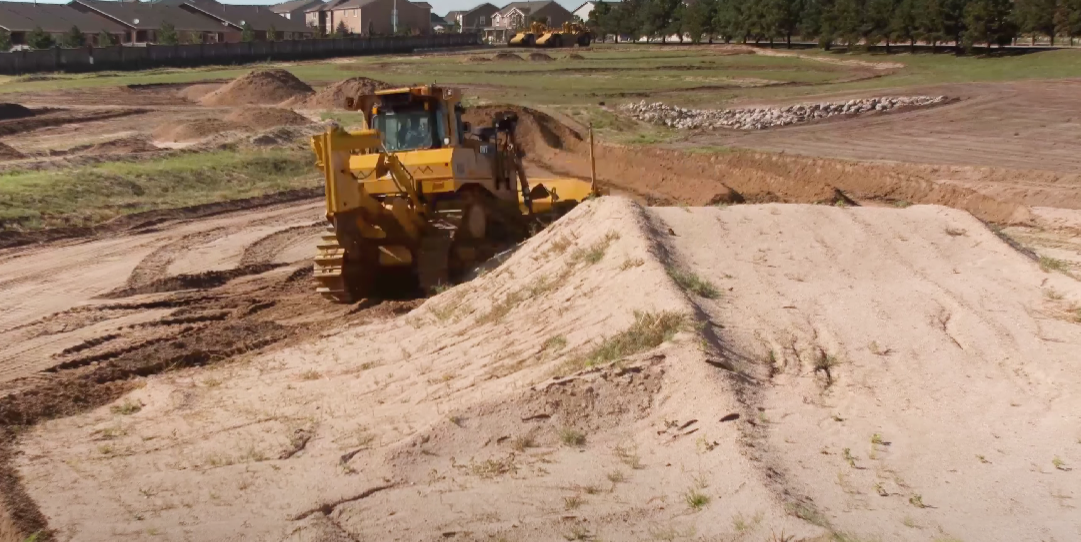
This phase requires expertise, as the soil’s consistency greatly affects traction and rider control. Regular watering, rolling, and grooming ensure the track remains smooth and safe for riding.
Drainage and Irrigation
Efficient drainage and irrigation systems are vital to prevent water accumulation on the track, which can lead to erosion and unsafe conditions. Culverts, ditches, and gravel layers are incorporated to direct water away from the track’s surface.
Proper irrigation ensures the track remains well-maintained, even in dry conditions, and prevents excessive dust.
Safety Measures
Prioritizing safety is non-negotiable in motocross track construction. Installing safety barriers, catch fences, and protective padding around obstacles is paramount.
Adequate signage and flagging stations help communicate track rules and conditions to riders. Regular safety inspections ensure that the track meets or exceeds safety standards, reducing the risk of accidents.
Final Inspections and Adjustments
Before opening the track to riders, a thorough inspection is conducted. Engineers, designers, and safety experts assess the track’s layout, features, and overall safety.
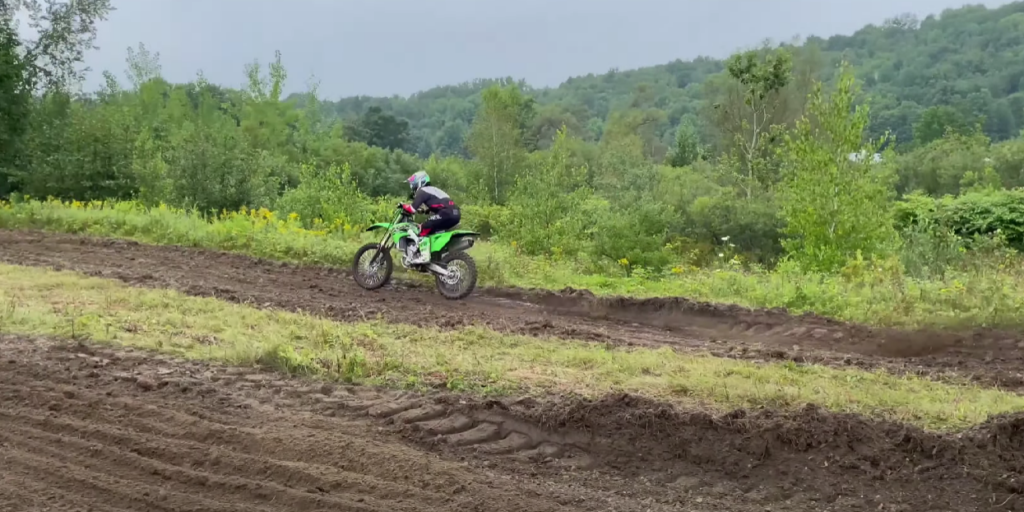
Any necessary adjustments are made at this stage to fine-tune the track’s characteristics. Ensuring that the track meets regulatory requirements and offers an exhilarating yet secure riding experience is the primary focus.
Opening and Maintenance
Once all checks are completed, the motocross track is ready for riders. A grand opening event can be organized to mark the track’s official launch. Maintenance becomes an ongoing commitment, involving regular grooming, watering, and upkeep of safety features.
Continuous assessment and adjustments are made based on rider feedback and changing weather conditions to maintain optimal track conditions.
Cost-Related Factors in Building a Motocross Track
Constructing a motocross track involves a multitude of cost-related considerations that influence the final budget. From site preparation to safety measures, each aspect contributes to the overall expenses associated with the project.
Below are the key cost-related factors that aspiring track builders need to navigate to estimate and manage their budget effectively.
Site Selection and Preparation Costs
The initial step of selecting and preparing the site sets the tone for the entire project’s cost. The location’s accessibility, size, and terrain characteristics influence expenditures.
Costs include land acquisition or lease fees, surveying expenses, and potential environmental assessments to ensure compliance with local regulations. Proper land grading and excavation costs also factor in, as shaping the track’s elevation changes and contours requires specialized equipment and skilled operators.
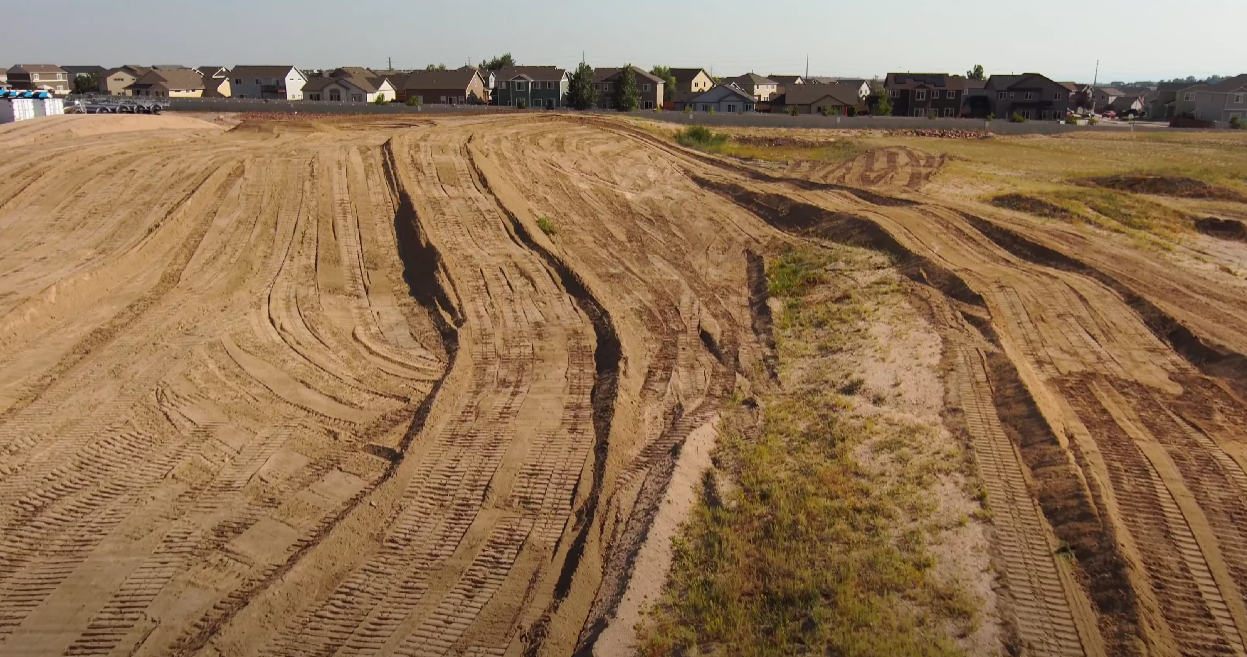
Design and Layout Expenses
Designing a motocross track involves collaboration between skilled designers and engineers, incurring design fees. Modern software tools aid in creating accurate track blueprints, but these software licenses also contribute to costs.
The complexity of the track’s layout, including jump configurations, rhythm sections, and turns, can impact design expenses. Moreover, adjustments to the design, if necessary, may lead to additional fees.
Earthmoving and Construction Equipment Costs
Earthmoving equipment, such as bulldozers, excavators, and graders, is indispensable for shaping the track’s features. Rental or purchase costs for these heavy machines are a significant portion of the budget.
Operator wages, fuel, and maintenance expenses must also be accounted for, as precise grading and sculpting demand skilled personnel and regular equipment upkeep.
Material Costs
Materials used in motocross track construction encompass a range of factors, each contributing to the budget. Soil conditioning materials like clay, sand, and silt are mixed to create the ideal riding surface, with their procurement and transportation costs adding to expenditures.

Building jump structures requires wood or steel framing, and constructing berms and turns necessitates soil and gravel. Each material choice influences costs and track performance.
Safety Features and Infrastructure Expenses
Prioritizing rider safety is paramount in motocross track construction. Costs associated with safety measures include installing safety barriers, catching fences, and protective padding around obstacles.
Proper signage and flagging stations require an allocation in the budget. In addition, safety inspections by experts may incur fees, ensuring compliance with safety standards and regulations.
Drainage and Irrigation Costs
Efficient drainage and irrigation systems are integral to preventing water accumulation, and erosion, and maintaining track conditions. Installing culverts, ditches, and gravel layers necessitates materials and labor costs.
Irrigation equipment, such as sprinklers and pumps, adds to the budget, along with the costs of water usage for maintaining the track’s surface.
Maintenance and Upkeep Expenses
Once the motocross track is operational, ongoing maintenance is essential to sustain its condition and safety. Regular grooming, watering, and safety feature upkeep demand a consistent budget allocation.
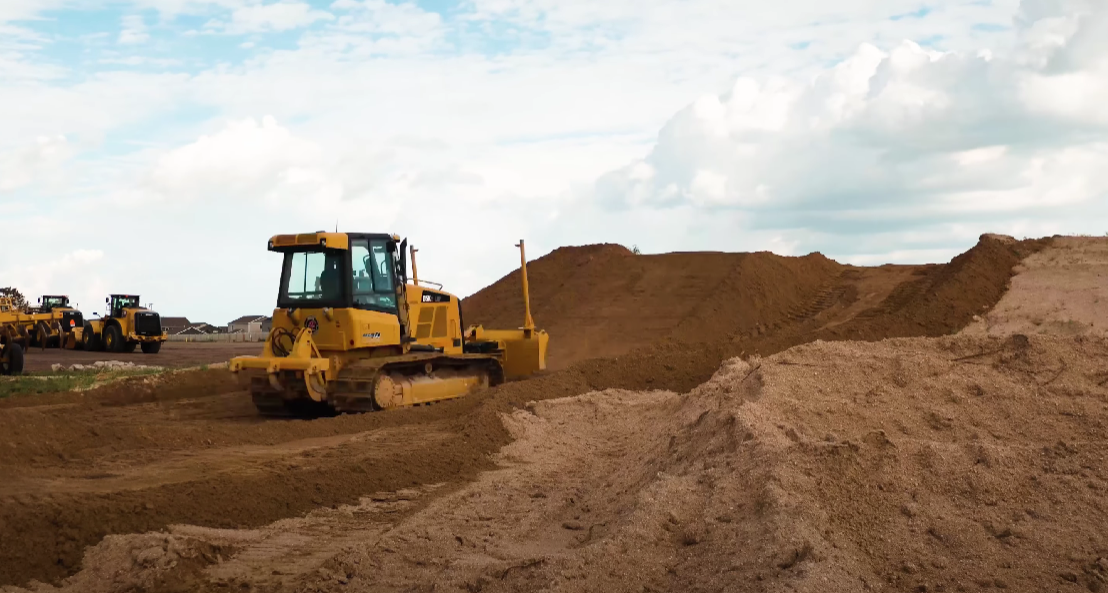
Maintenance costs are subject to fluctuation based on factors like weather conditions, rider usage, and wear and tear on track features.
Regulatory and Permit Costs
Navigating regulatory requirements and obtaining permits can entail financial outlays. Costs for obtaining zoning permits, environmental impact assessments, and building permits vary based on location and the extent of construction.
It’s crucial to factor in these expenses to ensure legal compliance throughout the project.
Professional Services and Consultation Fees
Enlisting professional services contributes to project success, but also affects the budget. Hiring experienced track designers, engineers, and safety experts incurs consultation fees.
These professionals offer invaluable expertise in ensuring the track’s design, layout, and safety measures meet industry standards.
Contingency Fund
In the realm of construction projects, unforeseen challenges can arise, necessitating a contingency fund. Unpredicted weather events, equipment breakdowns, or design adjustments can lead to additional costs.

Allocating a percentage of the budget as a contingency ensures that unexpected expenses can be managed without derailing the project.
What is the Best Dirt for a Motocross Track?
For those new to motocross, dirt might seem unimportant, but it makes a big difference. “Good” dirt isn’t just about tracks; it’s about bikes too. Bad dirt isn’t just a bump; it’s a problem. Different dirt exists around the country, but the best dirt isn’t about dirt at all. It’s about growth.
Soft dirt that loves water is the dream for tracks. Bad dirt isn’t comfy to ride on and can hurt your bike. Let’s dive into soil types to see the good, bad, and best for your track choice.
Clay Soil
When you picture clay, think of pottery. That’s the idea. Clay soil is tough, especially under riders. It gets tougher as you ride, bad for bike tires. Wet clay is slippery and tricky.
Clay’s tough nature is good and bad for tracks. It damages tires but lasts. It’s an option with pros and cons.
Sand
Sand is tricky. Some riders love it, while others struggle. Picture a beach running on your bike, that’s sand. Sand fans like its predictability. Riding on sand can be tough.
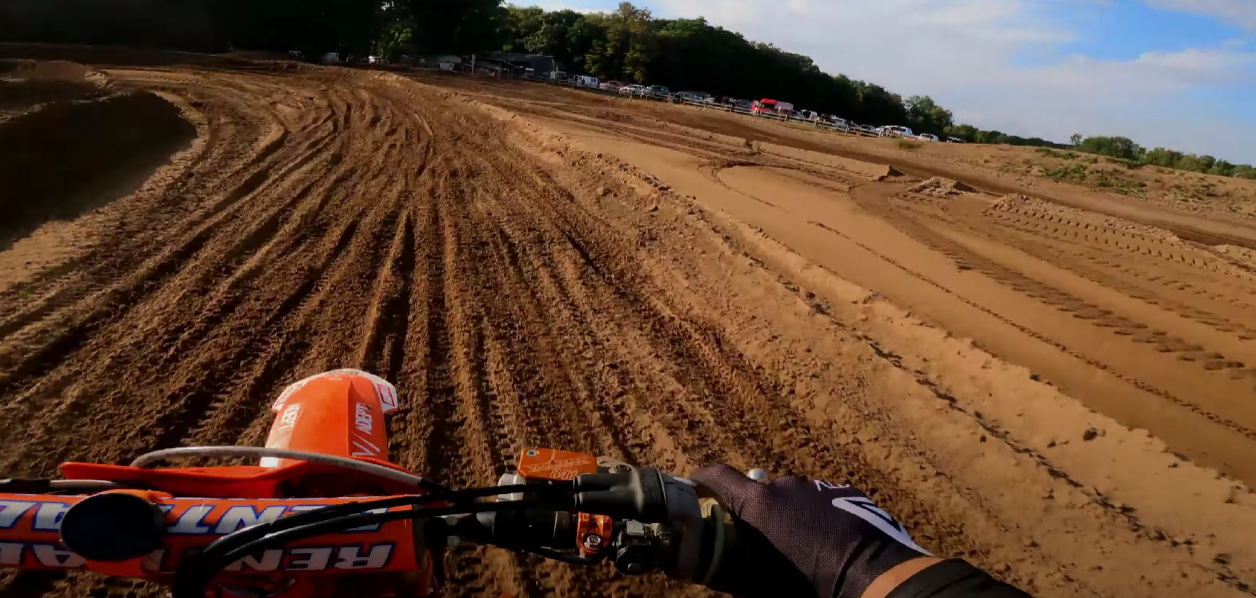
It’s slow and needs special tires. It’s slippery, so a steady throttle is a must. Plus, sand can mess with your bike’s air filter.
Silty Soil
Silty soil is like wet clay, hugging tires, and like dry sand. It’s a solid track choice, but prep is key. Balance is crucial. Too wet is muddy, too dry is dusty. Tracks often use silty soil for traction.
Some tracks solely use it, while others mix it for the best riding. It’s about getting the perfect consistency.
Loamy Soil
Loamy soil takes the crown for motocross tracks. Most riders favor it. Why? It’s a perfect mix – silt, clay, and sand – for an amazing ride. Traction to prevent falls, drainage to avoid mud, and softer landings if you tumble. Loamy soil rules the tracks.
Peat Soil
Peat soil is a blend of topsoil and peat, great for tracks. It gives traction and easy maneuvering. But it’s not consistent. That’s a drawback. Mixing peat with other soil types is best for optimal results.
Chalky Soil
Chalky soil, often in backyards, is common for backyard tracks. Watering is key. It dries too fast if not. Combine with other soils for better density and drainage. Keep that backyard track in check.

What Are the Things You Should Keep in Mind When Building Your Motocross Track?
Creating a motocross track is an exciting endeavor that requires careful planning and execution. To ensure a successful and enjoyable track, several factors must be taken into account.
Below are the essential aspects that you should keep in mind when constructing your motocross track.
Site Selection and Terrain
Choosing the right location is fundamental. Consider accessibility, size, and terrain characteristics. Land with natural elevation changes and suitable soil types can enhance the track’s layout.
Terrain affects track features like jumps and turns, so evaluate how it can accommodate these elements.
Safety First
Prioritize safety to avoid accidents. Incorporate safety barriers, padding, and signage around obstacles. Keep track features within riders’ skill levels. Regular safety inspections are vital to maintain a secure riding environment.
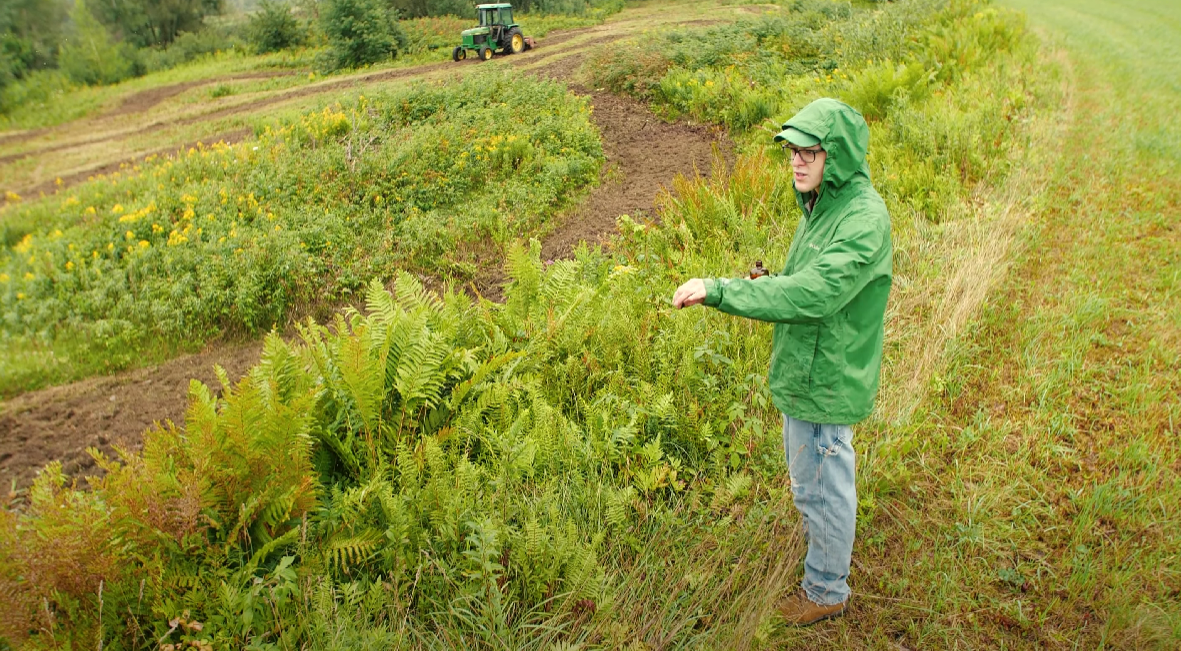
Design With Riders in Mind
Craft a track layout that suits different rider skill levels. Balance challenges with rider safety. Plan jumps, turns, and rhythm sections carefully to create an engaging riding experience.
Soil Selection and Preparation
Choose the right soil type for your track. Loamy soil offers optimal traction and drainage. Properly prepare the soil with grading and shaping for a consistent and safe riding surface.
Drainage and Irrigation
Install effective drainage systems to prevent water accumulation and erosion. Implement irrigation methods to keep the track surface well-maintained and dust-free.
Local Regulations and Permits
Adhere to local zoning regulations and obtain necessary permits. Ensure your track construction aligns with environmental and legal requirements.
Professional Expertise
Engage experienced track designers, engineers, and safety experts. Their expertise ensures the track’s design, layout, and safety measures meet industry standards.

Budget Planning
Constructing a track involves various costs – site preparation, equipment, materials, and ongoing maintenance. Budget carefully and consider a contingency fund for unforeseen expenses.
Maintenance Plan
A well-maintained track provides a better riding experience and extends its lifespan. Develop a maintenance plan for regular grooming, watering, and safety feature upkeep.
Rider Feedback
Listen to rider feedback to refine your track. Their insights can help improve features, layout, and overall experience.
Environmental Impact
Minimize the ecological footprint of your track. Use sustainable practices, consider erosion control, and adhere to environmental guidelines.
Community Engagement
Engage with the local community and riders to build a positive relationship. Address concerns, communicate track rules, and encourage responsible riding.
Long-Term Vision
Consider your track’s long-term viability. Plan for potential expansions or adjustments based on riders’ needs and changing trends.
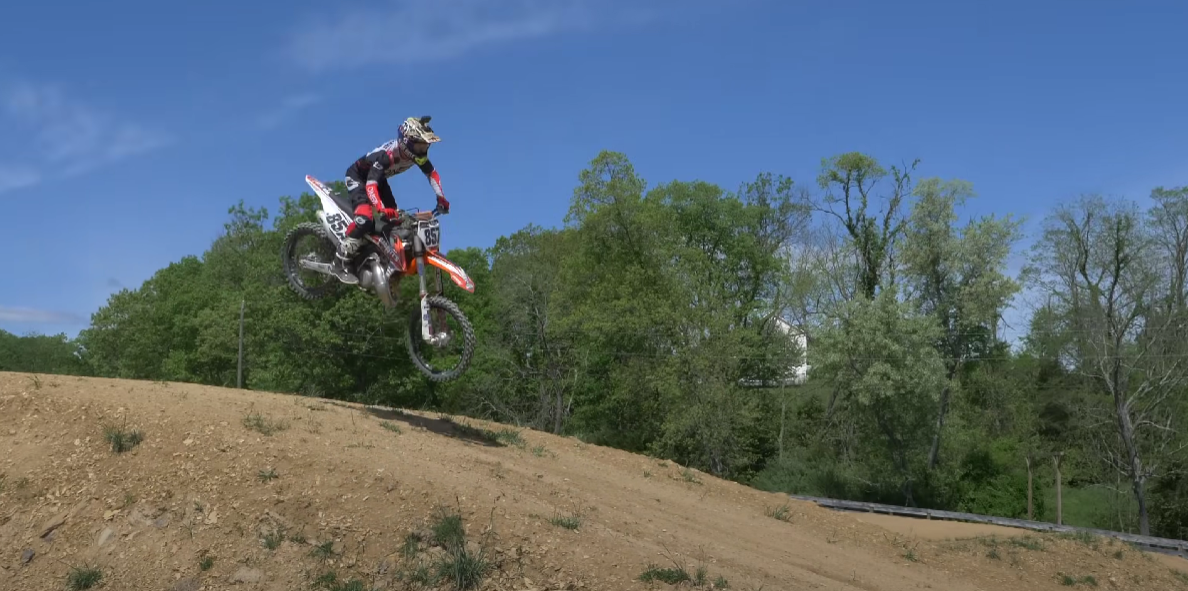
Can You Build a Motocross Track on Your Land?
You can build a motocross track on your land, but several considerations are crucial. Evaluate your land’s terrain, soil type, and size to ensure it’s suitable for a track.
Research local zoning regulations and permits required for construction. Plan the track layout, prioritize safety features, and consider maintenance requirements. Engaging professionals for design, construction, and safety expertise can streamline the process.
Remember to communicate with the local community and riders, and be mindful of environmental impact. With careful planning and adherence to regulations, building a motocross track on your land is possible.
How Much Land Do You Need to Build a Motocross Track?
The amount of land needed to build a motocross track depends on factors like track layout, features, and local regulations. Generally, a small backyard track might require around 3 to 5 acres, while a full-size professional track could demand 20 acres or more.
The track’s size, jumps, turns, and straightaways influence land requirements. Ensuring adequate space for safety zones, spectator areas, and parking is vital. Consult with track designers and local authorities to determine the ideal land size that aligns with your track’s intended use and rider safety.
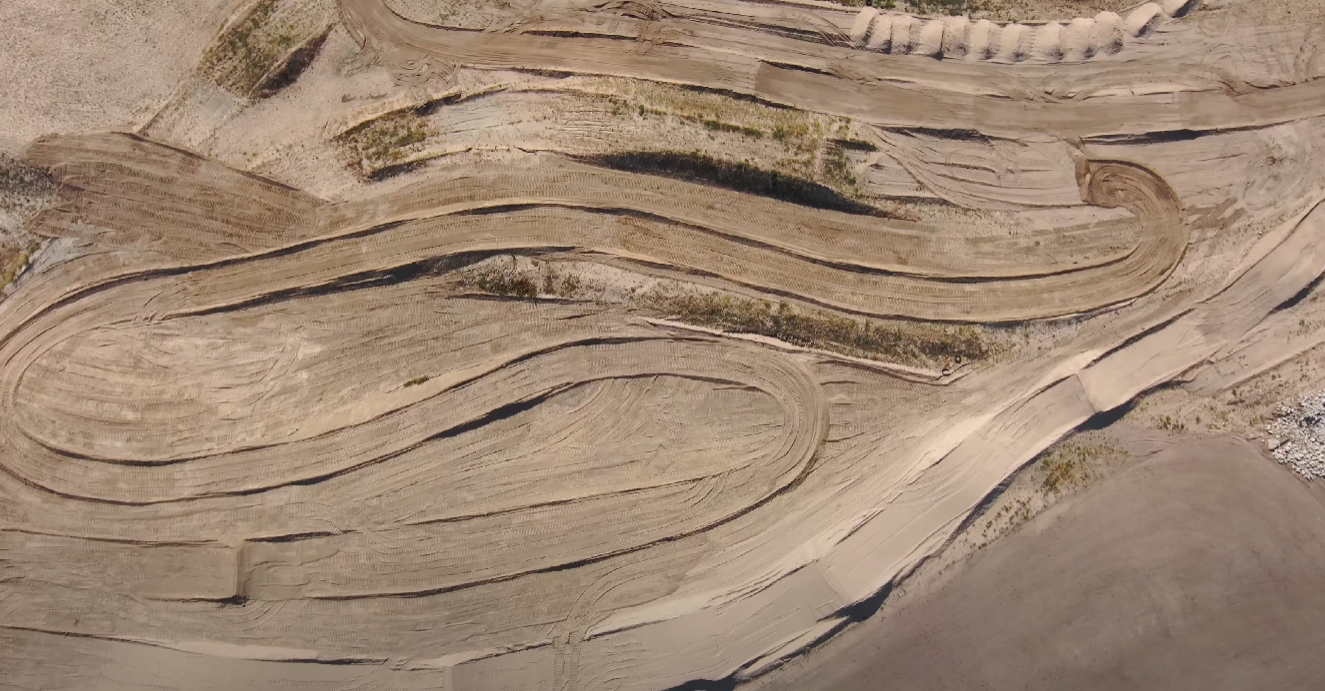
Conclusion
The cost to build a motocross track varies due to factors like size, terrain, and safety measures. On average, projects range between $6,000 and $10,000. However, individual circumstances can lead to fluctuations.
Proper planning, considering equipment, materials, and professional assistance, ensures a realistic budget estimate for constructing your motocross track.

